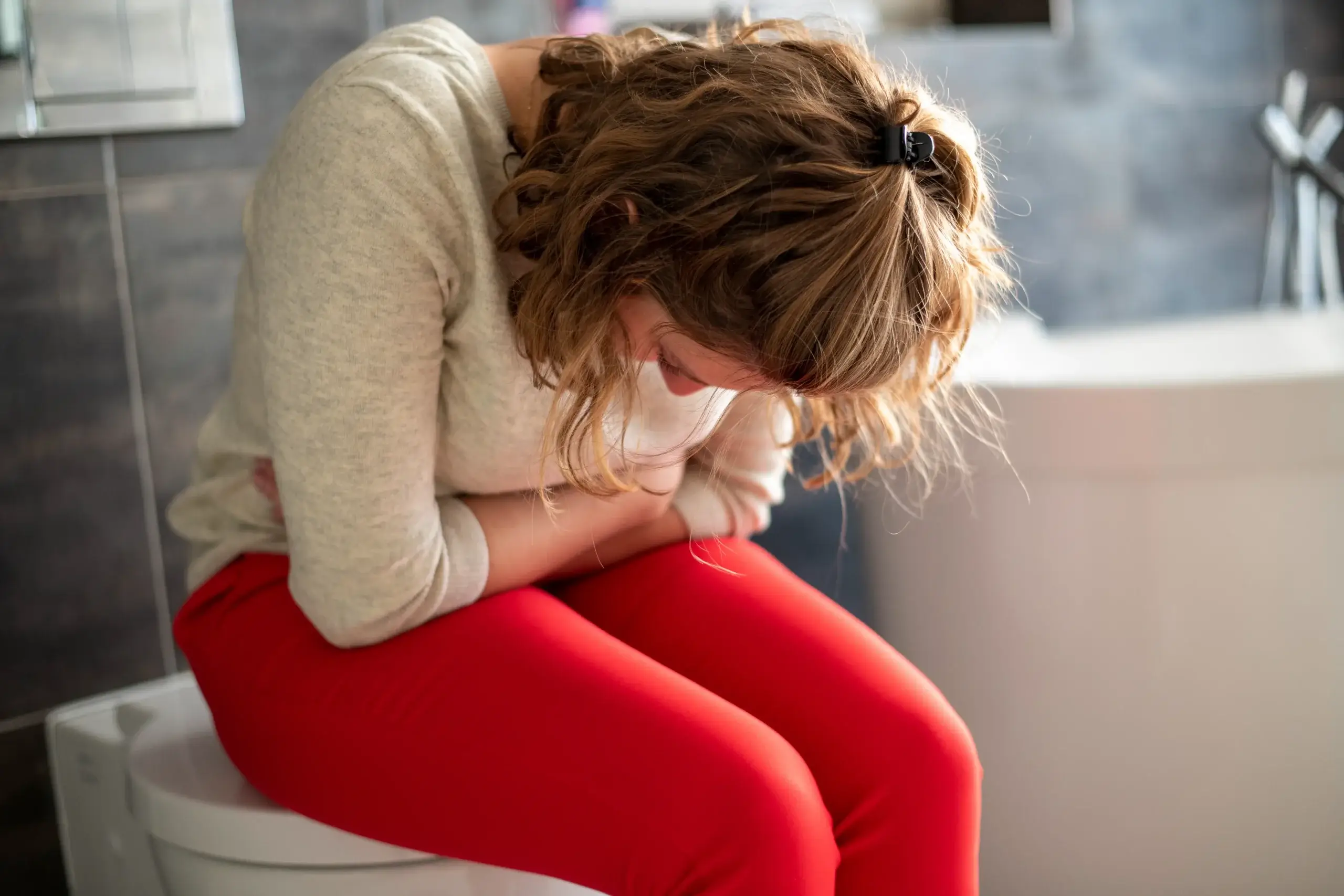
Breaking the Silence: Why Period Pain Isn’t Just a Women’s Issue
Menstruation, a natural part of life for half the world’s population, is often dismissed as a “ladies’ problem.” This label not only marginalizes women but also silences discussions around the challenges that come with it—especially period pain. Millions of women experience it every month, yet it remains an overlooked issue in workplaces, homes, and even healthcare. It’s time to challenge this narrative and recognize period pain as a real concern that affects overall well-being, productivity, and quality of life.
Understanding the Reality of Period Pain
Period pain, or dysmenorrhea, is more than just discomfort—it can be debilitating. Some women experience mild cramps, while others struggle with intense pain that disrupts their daily lives. Symptoms can include lower abdominal pain, back pain, nausea, headaches, and even dizziness. Despite this, many women are expected to power through without adequate support or relief.
In societies where menstruation is still a taboo topic, discussing period pain openly is often discouraged. Women are made to feel as though they must endure the pain silently, leading to unnecessary suffering and, in some cases, undiagnosed health conditions like endometriosis or fibroids.
A Real-Life Story: Struggling with Pain in Silence
Anjali, a 35-year-old working professional, began experiencing severe cramps—worsening pain, heavier flow, and irregular cycles. She hesitated to speak about it at work, fearing judgment or lack of understanding. When the pain became unbearable, she resorted to taking painkillers in silence rather than seeking medical help. Anjali’s experience reflects the reality of many women who suffer from period pain without the necessary support or acknowledgment.
Why This Pain is Not Just a “Ladies’ Problem”
Ignoring menstrual pain has larger implications that extend beyond individuals:
- Health Consequences: Lack of awareness and discussion around painful periods can delay the diagnosis of serious reproductive health conditions.
- Workplace Productivity: Many women miss work due to severe cramps, yet menstrual health is rarely considered in workplace policies.
- Emotional and Mental Well-being: Persistent discomfort without validation or relief can lead to anxiety, stress, and feelings of isolation.
- Economic Impact: Women often spend significant amounts on pain relief and healthcare consultations, yet there’s little societal investment in menstrual health research and solutions.
Menstrual Pain as a Health Indicator
Instead of dismissing it, we should see it as an important health indicator:
- Signals Hormonal Imbalance: Severe discomfort could indicate underlying hormonal issues that require medical attention.
- Early Warning for Health Conditions: Conditions like endometriosis, adenomyosis, and PCOS often manifest as intense cramps, making early detection crucial.
- Menstrual Health as Overall Health: Just as other forms of pain are taken seriously, menstrual pain should be recognized as an essential aspect of women’s health.
Breaking the Silence Around Menstrual Pain
Education and Awareness
- Clear Communication: Using factual, stigma-free language to discuss menstrual discomfort in schools, workplaces, and families.
- Menstrual Health Education: Teaching both boys and girls about menstruation can help normalize conversations about period pain.
- Access to Resources: Ensuring easy access to pain relief options, from lifestyle changes to medical treatments.
Involving Everyone in the Conversation
- Family Support: Encouraging open discussions at home so women feel comfortable addressing menstrual pain.
- Workplace Considerations: Implementing policies such as flexible work options for those experiencing severe discomfort.
- Community Initiatives: Providing menstrual products and healthcare support to those who lack access.
How Men Can Support Women with Period Pain
Men have an important role in breaking the stigma:
- Offer Empathy: Acknowledge the reality of menstrual pain instead of dismissing it.
- Provide Comfort: Small acts, like making a hot beverage or offering a break, can make a difference.
- Educate Themselves: Understanding the impact of menstrual pain helps foster supportive conversations.
- Normalize Menstrual Products: Buying sanitary products without hesitation or awkwardness promotes acceptance.
A New Perspective: Menstrual Health as a Shared Responsibility
Imagine a world where period pain is recognized and addressed instead of ignored. By fostering open discussions, advocating for menstrual health policies, and encouraging medical research, we can create a more inclusive society where women no longer have to suffer in silence.
Conclusion
Menstrual pain is not just a personal inconvenience—it’s a public health concern that deserves attention, conversation, and action. By normalizing discussions, implementing support systems, and involving everyone in the conversation, we can move towards a world where no woman has to endure period pain alone. It’s time to break the silence and ensure menstrual health is given the priority it deserves.
FAQs
Yes, severe period pain can indicate conditions like endometriosis, fibroids, or PCOS. If the pain is intense or worsening, consulting a doctor is essential.
Heat therapy, regular exercise, hydration, magnesium-rich foods, and herbal teas like ginger or chamomile can help alleviate menstrual cramps.
Factors like hormonal imbalances, stress, underlying health issues, and genetic predisposition can influence the severity of menstrual pain.
Menstrual leave can support women with debilitating cramps, improving productivity and overall well-being while fostering a more inclusive work environment.
Yes, reducing processed foods, caffeine, and sugar while increasing anti-inflammatory foods like leafy greens, nuts, and omega-3s can help ease menstrual discomfort.

Sonakshi Kandhari




